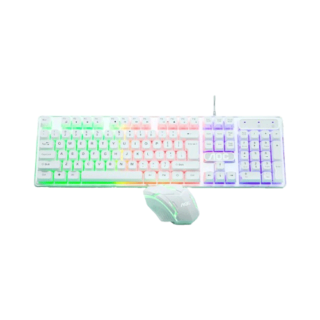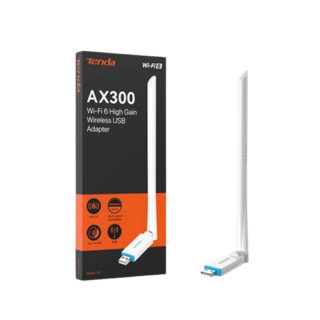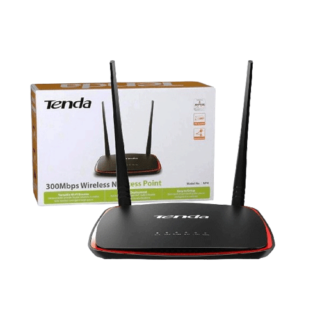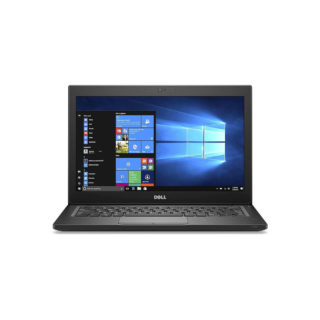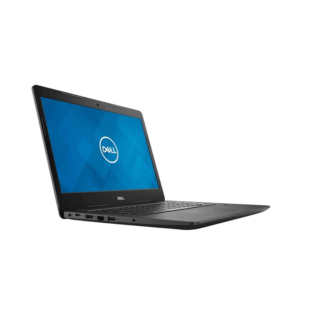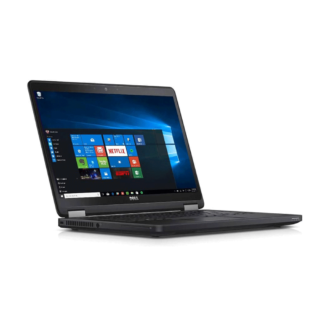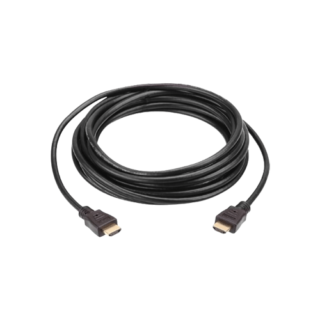Category
Popular
-
 Lenovo Neckband Bluetooth Headset
Lenovo Neckband Bluetooth Headset
₨ 2,000₨ 1,499 -
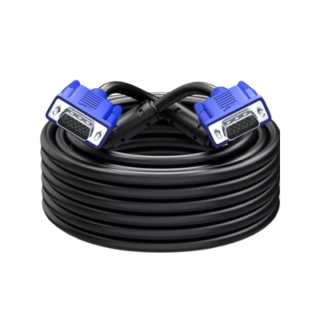 VGA Cable-15m Computer Cable
VGA Cable-15m Computer Cable
₨ 2,000₨ 1,799 -
 VGA Cable 10m-Computer cable
VGA Cable 10m-Computer cable
₨ 1,400₨ 1,199 -
 VGA Cable 5M–Computer Cable
VGA Cable 5M–Computer Cable
₨ 1,000₨ 799 -
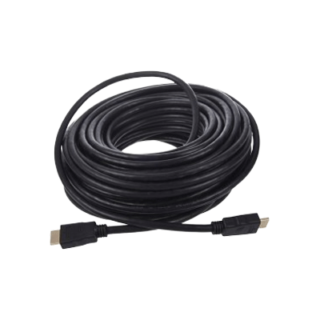 HDMI Cable 20 Meter High Speed with Ethernet Support HD
HDMI Cable 20 Meter High Speed with Ethernet Support HD
₨ 2,700₨ 2,499

Recent Comments
No comments to show.
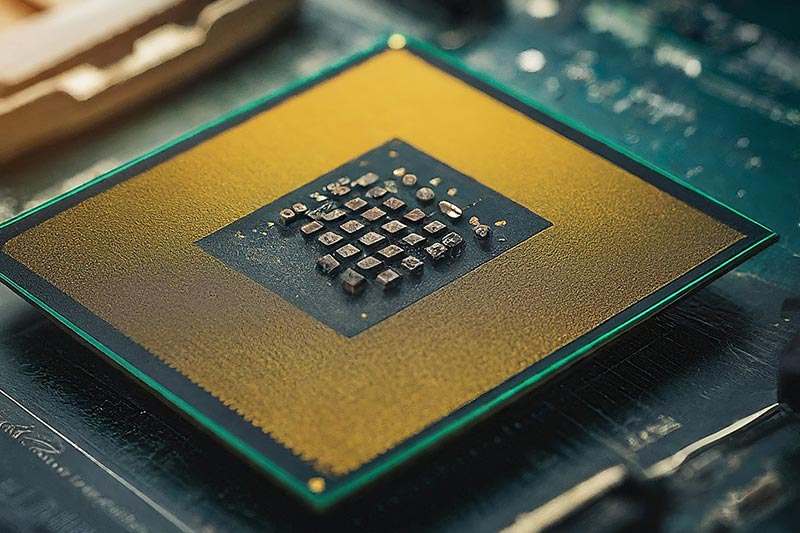
Computer processor generations refer to the different iterations or versions of processors released by manufacturers such as Intel and AMD. Each new generation typically introduces improvements in performance, power efficiency, and features over the previous ones. Here’s a breakdown of some recent processor generations:
Intel Processor Generations:
- 1st Generation: Intel introduced its Core series processors with the Nehalem microarchitecture in 2008. These processors were the first to feature Intel’s Turbo Boost technology for dynamic overclocking.
- 2nd Generation: Codenamed Sandy Bridge, these processors were released in 2011. They brought significant improvements in performance and power efficiency over the previous generation, along with integrated graphics.
- 3rd Generation: Ivy Bridge processors were released in 2012. They offered modest performance improvements and enhancements in integrated graphics capabilities.
- 4th Generation: Haswell processors were launched in 2013. They brought notable improvements in power efficiency and integrated graphics performance, along with support for new instruction sets.
- 5th Generation: Broadwell processors, released in 2014, focused on power efficiency improvements and were manufactured using a 14nm process technology.
- 6th Generation: Codenamed Skylake, these processors were released in 2015. They offered improvements in performance, power efficiency, and integrated graphics capabilities.
- 7th Generation: Kaby Lake processors, introduced in 2016, provided incremental improvements over Skylake, particularly in graphics performance and media playback capabilities.
- 8th Generation: Coffee Lake processors debuted in 2017, bringing significant increases in core counts for mainstream desktop processors, along with improved power efficiency and performance.
- 9th Generation: Intel launched its 9th Gen processors, based on the Coffee Lake Refresh architecture, in 2018. These processors continued to increase core counts and performance capabilities.
- 10th Generation: Ice Lake processors, released in 2019, marked Intel’s transition to a 10nm process node for its consumer processors, offering improved performance and efficiency, especially in integrated graphics.
- 11th Generation: Tiger Lake processors, launched in 2020, built upon the Ice Lake architecture with enhanced integrated graphics, AI capabilities, and power efficiency.
- 12th Generation: Alder Lake processors, released in 2021, introduced a hybrid architecture with a mix of high-performance and high-efficiency cores, along with advancements in IPC (Instructions Per Clock) and power efficiency.
AMD Processor Generations:
- Zen 1: AMD’s Zen microarchitecture, introduced in 2017, marked a significant leap in performance and efficiency over previous AMD architectures, offering competitive alternatives to Intel’s processors.
- Zen 2: Released in 2019, Zen 2 processors brought improvements in performance, power efficiency, and core counts, and were manufactured using a 7nm process node.
- Zen 3: Launched in late 2020, Zen 3 processors further improved single-threaded performance, introduced a new chiplet architecture, and brought significant enhancements to gaming and productivity workloads.
Each generation of processors builds upon the advancements of its predecessors, aiming to deliver better performance, efficiency, and features to meet the evolving demands of computing tasks and applications.


